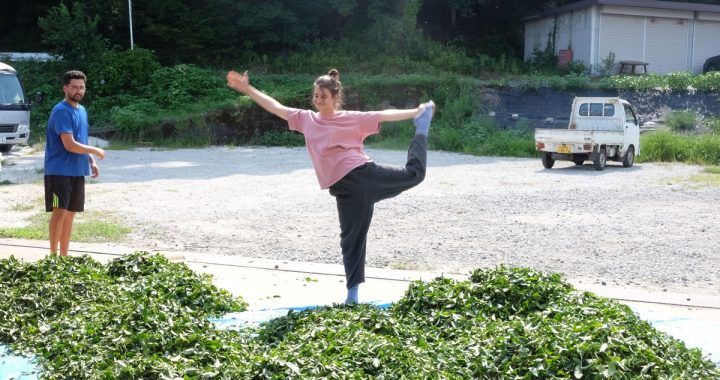The journey of Japanese tea terms into foreign languages is a fascinating example of cross-cultural exchange, with a fair share of bumps along the way. Words like matcha, sencha, and hojicha have been embraced worldwide, but not always in their purest form. Common misspellings (from macha to maccha) and creative adaptations in branding have introduced multiple variants of what should be a single concept. These arise from differing romanization systems, phonetic tweaks for local tongues, and marketing strategies aiming to balance authenticity with accessibility.
Language is a key part of cultural heritage. When Japanese terms are replaced or consistently altered abroad, there is a subtle erosion of the cultural footprint of those terms. For example, if “genmaicha” is always sold as “brown rice green tea” in foreign supermarkets, the beautiful simplicity of the term genmaicha (which Japanese people and tea aficionados worldwide use) might fail to take root overseas. We’ve seen this with other foods – consider sushi terminology like nigiri, maki, etc.
If wakoucha is always marketed as just “black tea,” consumers won’t learn that term or the fact that Japan produces its own style of black tea. Thus, knowledge gaps persist.
Japanese can be romanized in multiple ways. The internationally familiar Hepburn system aims to match English phonetics with foreign words (hence, matcha). The official Japanese Kunrei-shiki (ISO 3602) writes the same word as mattya. Meanwhile, some older texts or Japanese companies might use an alternative spelling like maccha. All three represent the same Japanese word, “抹茶.” For example, the spelling maccha with double “c” was once common in Japan and is still “officially recognized in Japan,” whereas matcha is essentially an anglicization.
Let’s dive deeper into matcha to research this complex topic. Correct spelling in English is “matcha.” Why? Because this spelling both: aligns with romanization standards and compromises between Japanese and English speaking people. A whole dispute is hidden in the small tsu in まっちゃ. Certain Japanese sounds don’t map cleanly to English spelling. In Japanese, まっちゃ is roughly “ma- [small pause]- cha.” There is a slight break or doubling of the “ch” sound. To guide English speakers, adding a “t” to write matcha helps indicate the correct “ch” pronunciation (similar to how “catch” has a “tch” for that sound).
Sometimes confusion arises from marketing and copywriting perspectives. The word “tea” itself is “cha” in Japanese. English marketing redundantly says “matcha tea” (literally “matcha tea” means “powdered tea tea”). This redundancy is motivated by the need to make sure the customer knows it’s a tea. It’s similar to saying “Chai tea” (which literally means “tea tea”). Culturally, it’s repetitive, but commercially it’s considered clearer. Such adaptations show how marketing language often diverges from linguistic purity for the sake of clarity or emphasis.
Not all implications are negative. The fact that terms like matcha and sencha are on lips worldwide is a testament to cultural exchange. Even if spelled or used inexactly, they spark interest. Many people discover authentic Japanese tea because they tried a “matcha latte” at Starbucks. That gateway can lead them to learn the correct usage and seek higher quality experiences. In some cases, Western adaptation creates new traditions (e.g., the matcha latte itself is a Western twist that even some Japanese cafes have adopted back). Culture is not static, and global use of these terms undoubtedly evolves them. The key is finding a balance where evolution doesn’t equal total misrepresentation.
A few recommendations:
- Stick to standard romanization (Hepburn without accents) and use the same spelling everywhere.
- Add a short note or translation next to the Japanese term to help people get it.
- Show the original kanji alongside the romaji to highlight authenticity.
- Don’t over-localize — keep the unique Japanese names as part of the experience.
- Double-check spellings with dictionaries, official sources, or native speakers.
- Train your marketing team and keep the spelling consistent across all channels.
- Listen to experts or customers and fix mistakes fast to build trust.
- Be honest: don’t call it matcha unless it’s real matcha.
Since in Ukraine, where I come from, this miscommunication in tea names is also common, I chose “Who am I” as the theme for my personal project. Gamification is the best way to learn and remember (and I know firsthand how hard it is to keep all the Japanese words in mind without actually speaking Japanese).
This project

